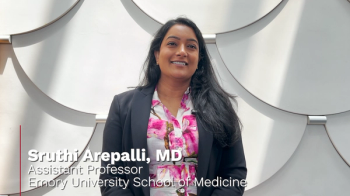
Latest Conference Articles


Survey reveals severe impact of Good Days underfunding on retina practices, with many patients experiencing vision loss due to delayed access to care.


An intravitreal implant shows promise in enhancing visual function and retinal structure in diabetic retinopathy patients, according to recent research.

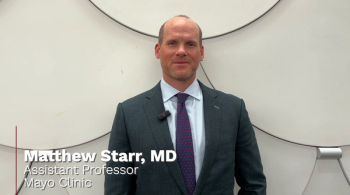

Steven D. Ness, MD, discusses his research on vitamin D's role in reducing complications after retinal surgery at ASRS 2025.
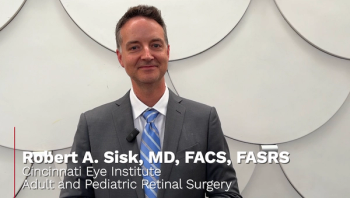

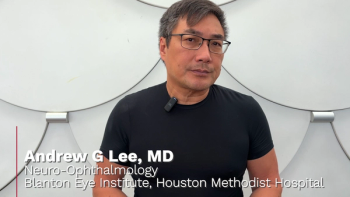
At ASRS 2025, Andrew G Lee, MD, gave key insight into the world of a neuro-ophthalmologist and why and when a retina specialist should consult a neuro-ophthalmologist

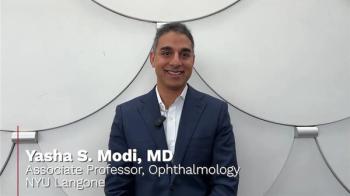
Yasha S. Modi, MD, discusses promising results from the VERONA study on EYP-1901, a potential treatment for diabetic macular edema.
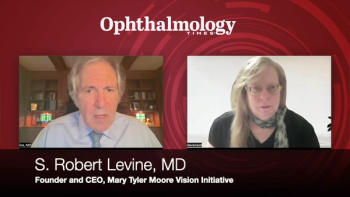
The DRD Cure Accelerator, highlighted at the CCOI-Stanford Summit, is a global initiative advancing clinical research and collaborations to eliminate vision loss from diabetic retinal disease.

In preparation for the American Society of Retina Specialist (ASRS) annual meeting being held in Long Beach, California, Ophthalmology spoke with Gaurav Shah MD, FASRS, Program Chair of the 2025 event.


At the CCOI-Stanford Summit, Goldberg calls for collaborative trial models that could redefine efficiency and standardization in ophthalmology research.
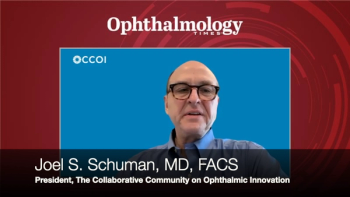
President Joel S. Schuman, MD, highlights the group’s mission and vision for the future—uniting 17 working groups and over 80 stakeholders.
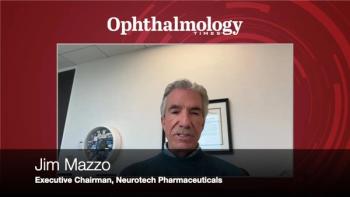
Jim Mazzo is among the presenters who will highlight the need to break silos and accelerate eye health solutions at the Collaborative Community on Ophthalmic Innovation (CCOI) meeting at Stanford University on July 23, 2025.

Ophthalmologists discuss the most impactful advancements reshaping patient care over five decades.

In honor of Ophthalmology Times’ 50th anniversary, anterior segment surgeons attending ASCRS 2025 weigh in on the innovations that defined modern ophthalmology.

EYP-1901 shows promising results in reducing treatment burden for diabetic macular edema, offering sustained improvements in vision and safety.

At the 2025 International SPECTRALIS Symposium—And Beyond (ISS), Chauhan discussed how two-photon microscopy enables precise, non-invasive monitoring of retinal ganglion cell function in living subjects.

Perfuse Therapeutics is conducting trials for the treatment for glaucoma and diabetic retinopathy, aiming to restore vision and combat global blindness.

Assistive devices empower patients with central vision loss to regain independence, enhancing daily activities and reducing reliance on low vision centers.


With detailed imaging and cognitive data, the Northern Ireland Cohort for the Longitudinal Study of Aging highlights the potential of integrating eye scans into broader health research.

Optical coherence tomography markers—like the ellipsoid zone—are reshaping clinical trials in intermediate age-related macular degeneration, as highlighted at the 2025 International SPECTRALIS Symposium — And Beyond (ISS).
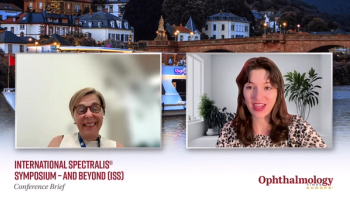
Advanced monitoring strategies are overcoming significant obstacles in retinal care, as highlighted at the 2025 International SPECTRALIS Symposium — And Beyond (ISS).

Fluorescence lifetime imaging ophthalmoscopy is emerging as a valuable tool to reveal previously hidden links between retinal changes and systemic disease.


